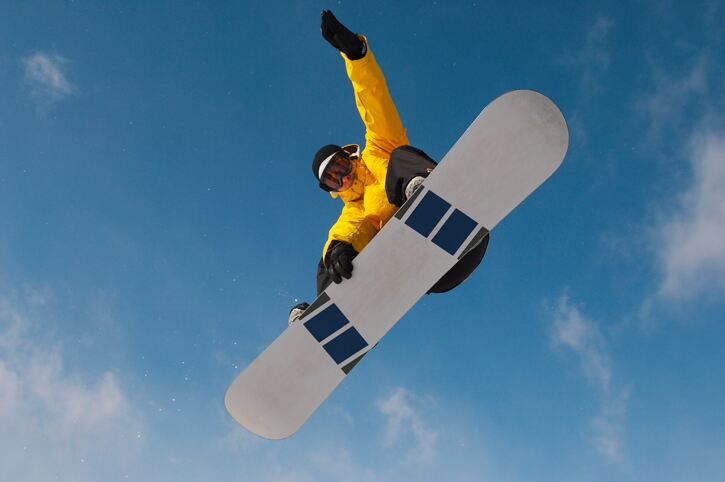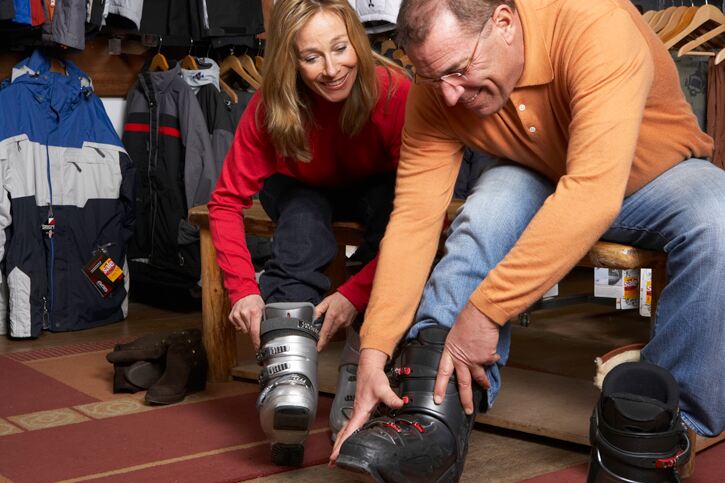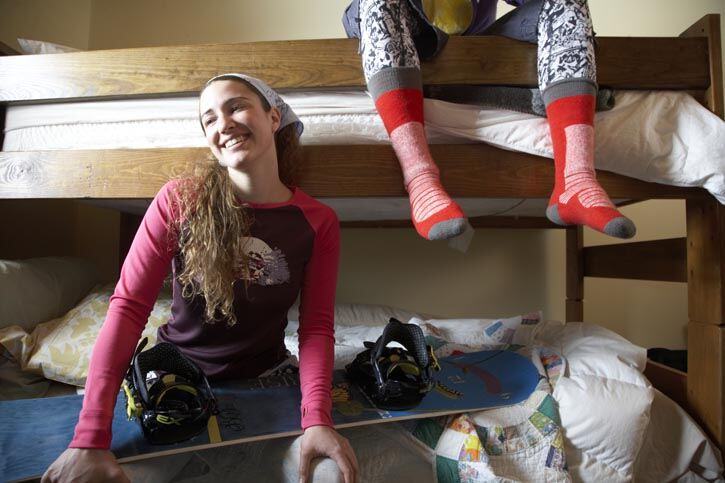Get the perfect socks for hitting the slopes
Posted by SOCKSHOP
| It’s important to get the right equipment and clothing when you’re hitting the slopes this winter - and the best place to start is your feet. After all, they’re not only attached to the board or skis but they’re also closest to the ice-cold snow. |
 |
|
Here’s our shopping guide to getting the best snow socks whether you’re going to the Alps or the Cairngorms.
Special features: you’ll also find a range of special features from anti-ripple zones to stop your socks from bunching up to knitted-in additional ankle and arch support. |
 |
|
What’s the best material?
|
 |
|
Shouldn’t they look good? |


 Australian Dollar($)
Australian Dollar($) Danish Krone (kr)
Danish Krone (kr) Euro (€)
Euro (€) Japanese Yen (¥)
Japanese Yen (¥) Norwegian Kroner (Kr)
Norwegian Kroner (Kr) Swedish Krona (kr)
Swedish Krona (kr) Great British Pound (£)
Great British Pound (£) US Dollar ($)
US Dollar ($)







Get involved and tell us what you think. Comments may be subject to moderation.